Hexagonal wire mesh, better known as chicken wire, grants one an assortment of possibilities and is often used for fencing, artistic projects, and even culinary purposes. When selecting this material, there are a number of variables to take into account – foremost being the thickness of the wire, size of the holes in the mesh and material.
It is essential to consider the gauge of the wire for the mesh as this will ascertain its potency. The higher the gauge number, the thicker the wire which consequently increases it’s robustness – for instance, a 16 gauge wire is measurably thicker than a 20 gauge wire. Additionally, the dimensions of the mesh necessitate consideration: a smaller-sized mesh will capture smaller objects while a more extensive mesh allows expansive items to pass through quickly.
To guarantee its longevity, the wire needs to be crafted from a specific material. Galvanized wire is an excellent option for those looking for extra protection, as it features a zinc coating that safeguards it against rust and decay. Alternately, stainless steel wire is the more extravagant variant with a considerable resistance to erosive elements.
When selecting hexagonal wire mesh, it’s essential to consider its purpose. If desired for building a chicken coop, the wire should be sufficiently robust to keep the chickens in, yet light enough to make handling and installation a breeze. For artistic projects, such as creating baskets and jewelry, hexagonal wire mesh is also an ideal choice to work with.
With its diverse range of applications, hexagonal wire mesh is an extremely handy material. As you select the perfect bundle for your needs, make sure to check the wire gauge, size of the mesh, and material composition.
Related Product
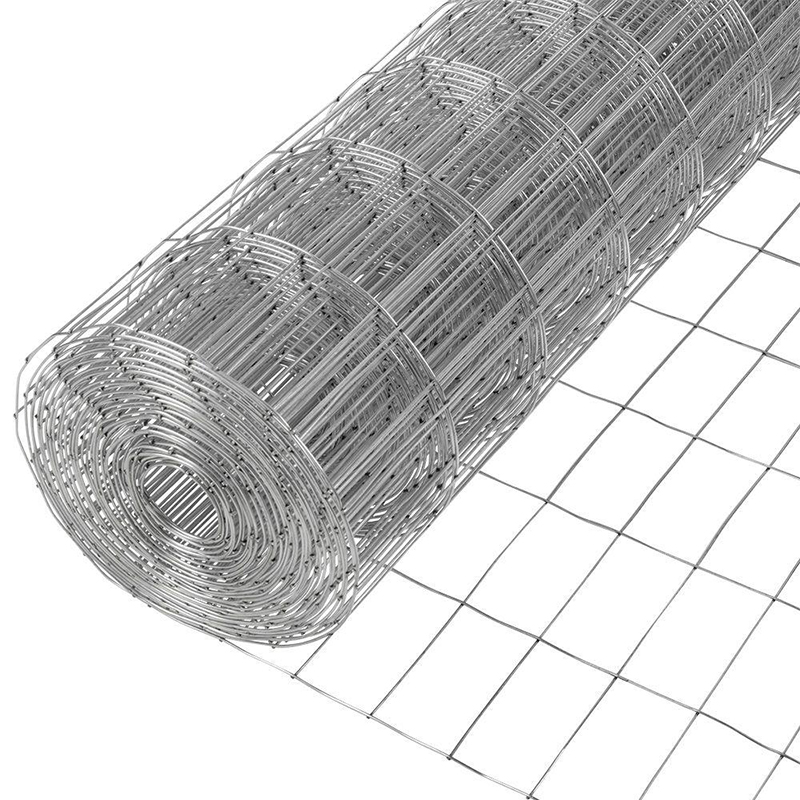
Welded Wire Mesh
Welded wire mesh is one popular materials in concrete, construction and industry. It is made of low carbon steel wire, stainless steel wire after welding and surface treating. Weld […]
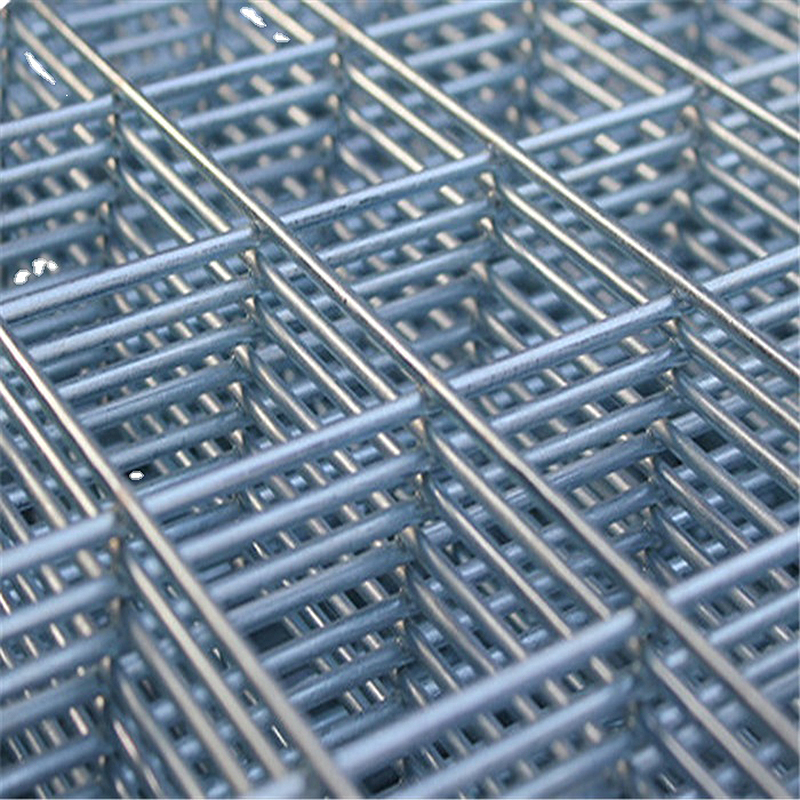
Welded Wire Mesh Panels
Product information: 1.Materials:Stainless steel wire, Low carbon steel wire, Galvanized wire 2.Style: (1)Electro or Hot dipped galvanized after or before welding; (2)Stainless ste […]
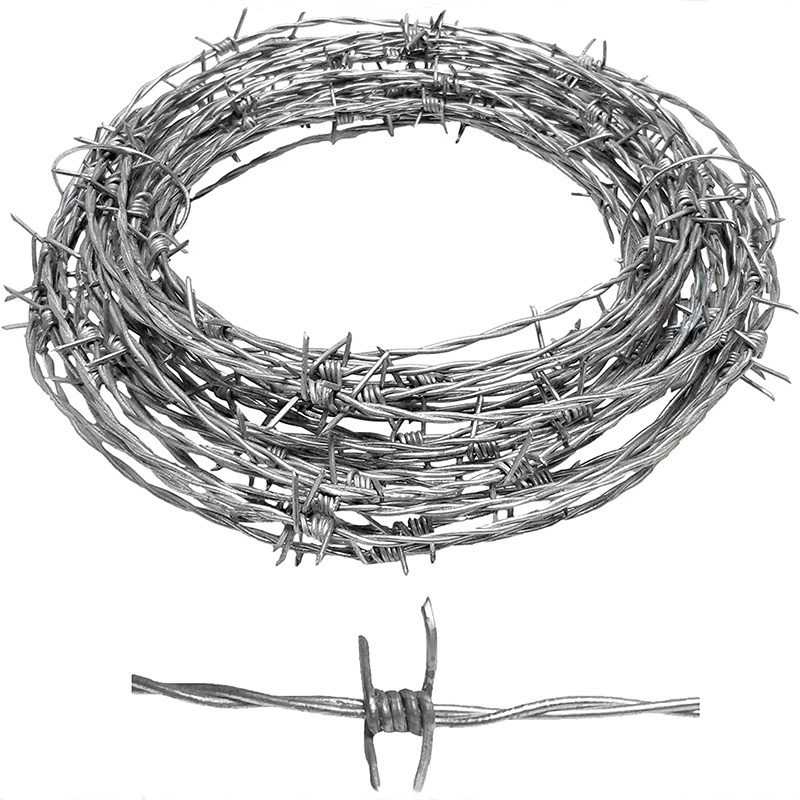
Barbed Wire
Product Information: Barbed Wire Material High quality low carbon steel wire, iron wire, etc. Category 1.Hot dipped galvanized 2.Electric galvanized 3.PVC coated Weving and Charact […]
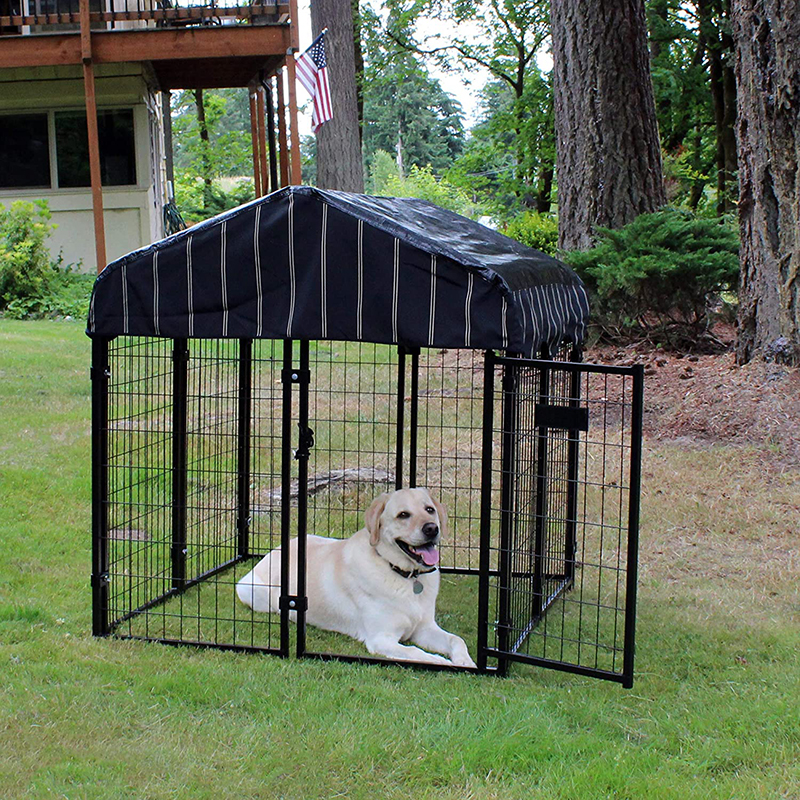
Dog Cage
Factory wholesale large metal multi functional dog cage kennel outdoor About the dog cage: * SAFE FOR DOGS – Our welded wire kennel offers safe protection for dogs of all siz […]
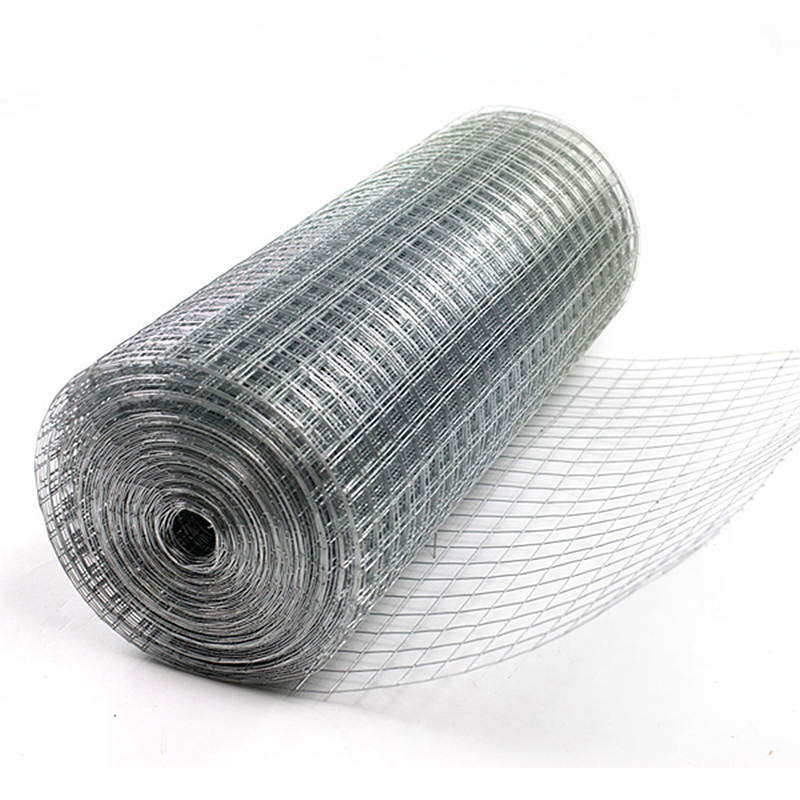
Hardware Cloth
Product information: Welded wire mesh is welded form superior low carbon steel wire and then galvanized or pvc coated or stainless steel wire and then welded. It features smooth su […]
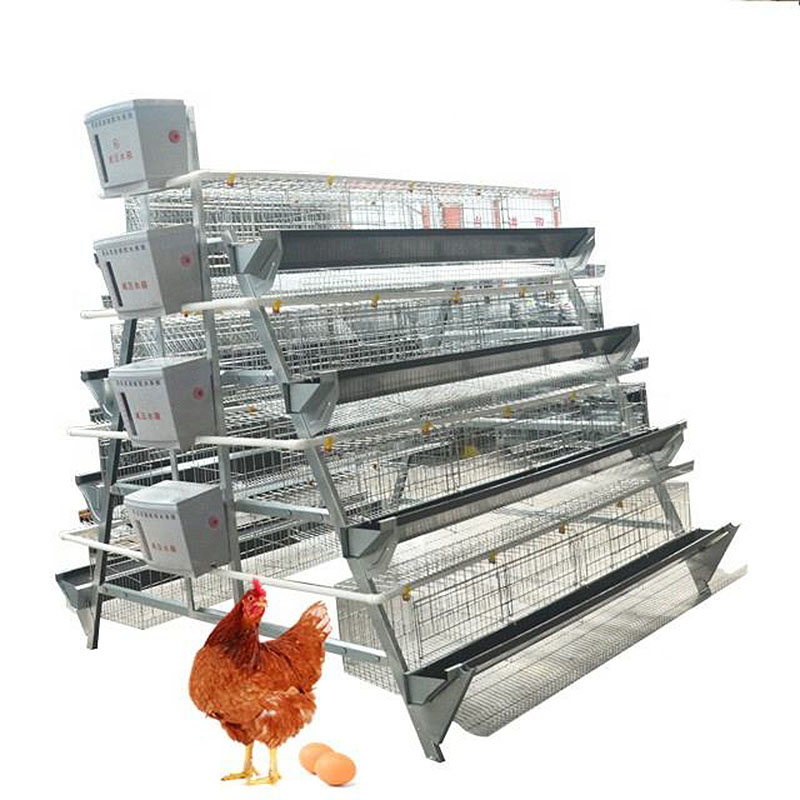
Chicken Cage
Product information: A type 3 tiers for 96-120 chickens Type A type, 3 tiers A type, 3 tiers A type, 3 tiers A type, 3 tiers Size per unit 1.88m*1.8m*1.6m 2.0m*1.8m*1.62m 2.2m*2.4m […]
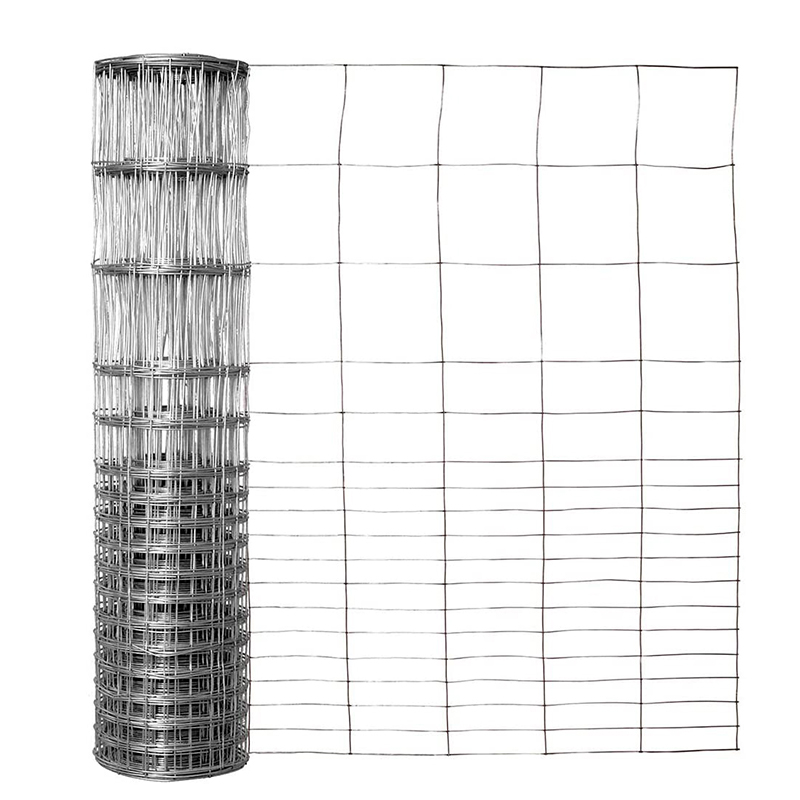
Hot Dip Galvanized Steel Field Fence
Product information: Field Fence also called Grassland Fence,Cattle Fence,Kraal Network Fence,Farm Fence is a widely used in America and Europe.Field fence is manufactured in a wid […]
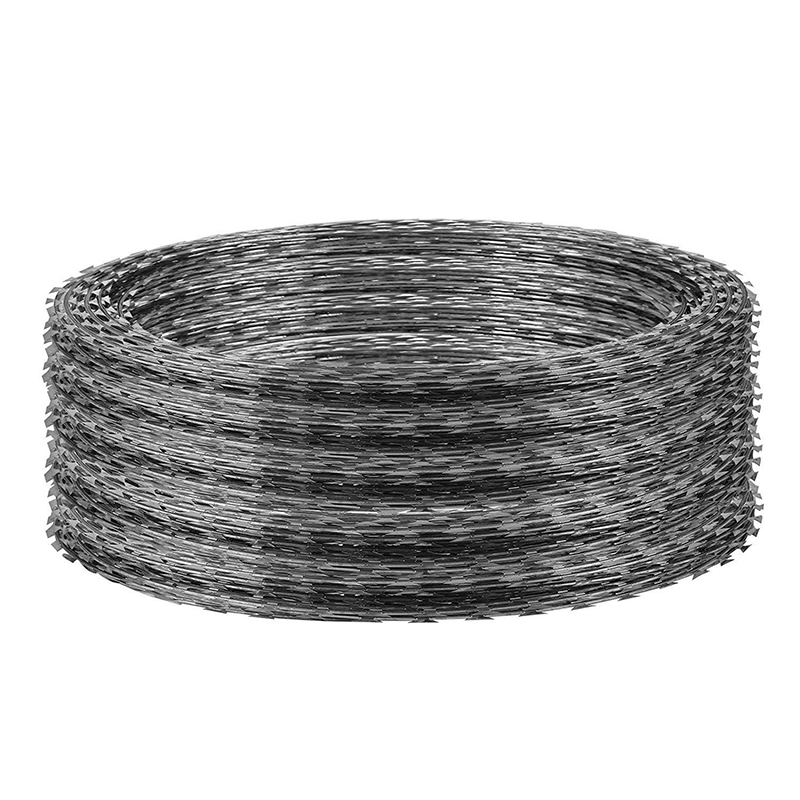
Razor Wire
Product information: Concertina Razor Wire is widely used for construction of high security fencing projects in military and national defence. We export directly and supply Razor W […]
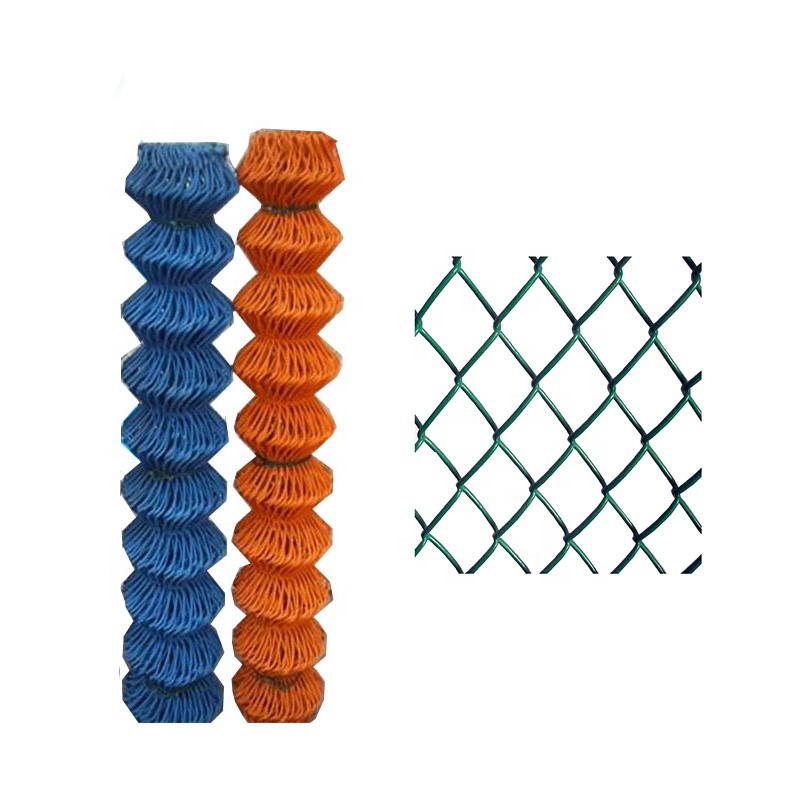
Chain Link Fence
Product information: Specification: Galvanized chain link fence Mesh Wire gauge Width Length 1″ BWG11,12,13,14 0.5-4m 0.5-25m 1-1/2″ BWG8,9,10,11,12,13 0.5-4m 0.5-25m 2 […]
Post time:2023-06-29

